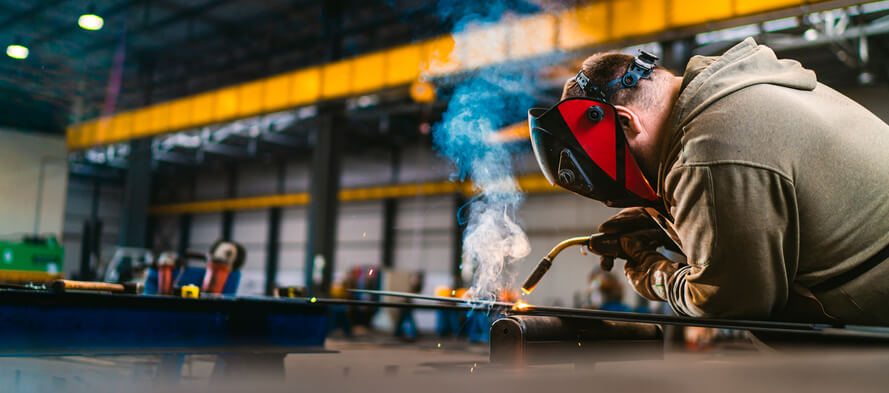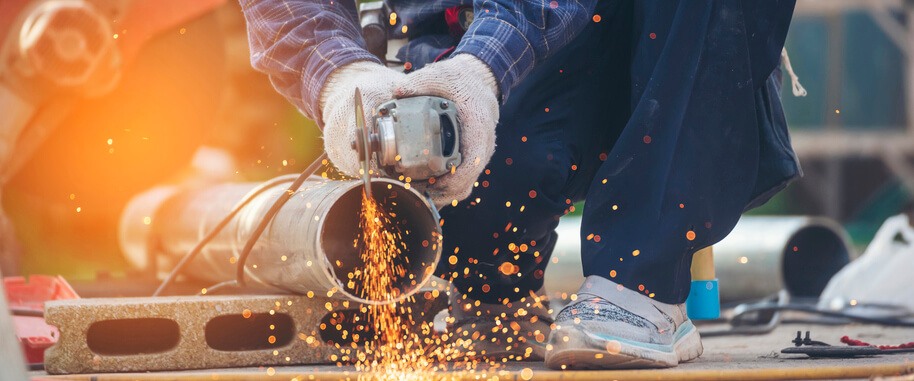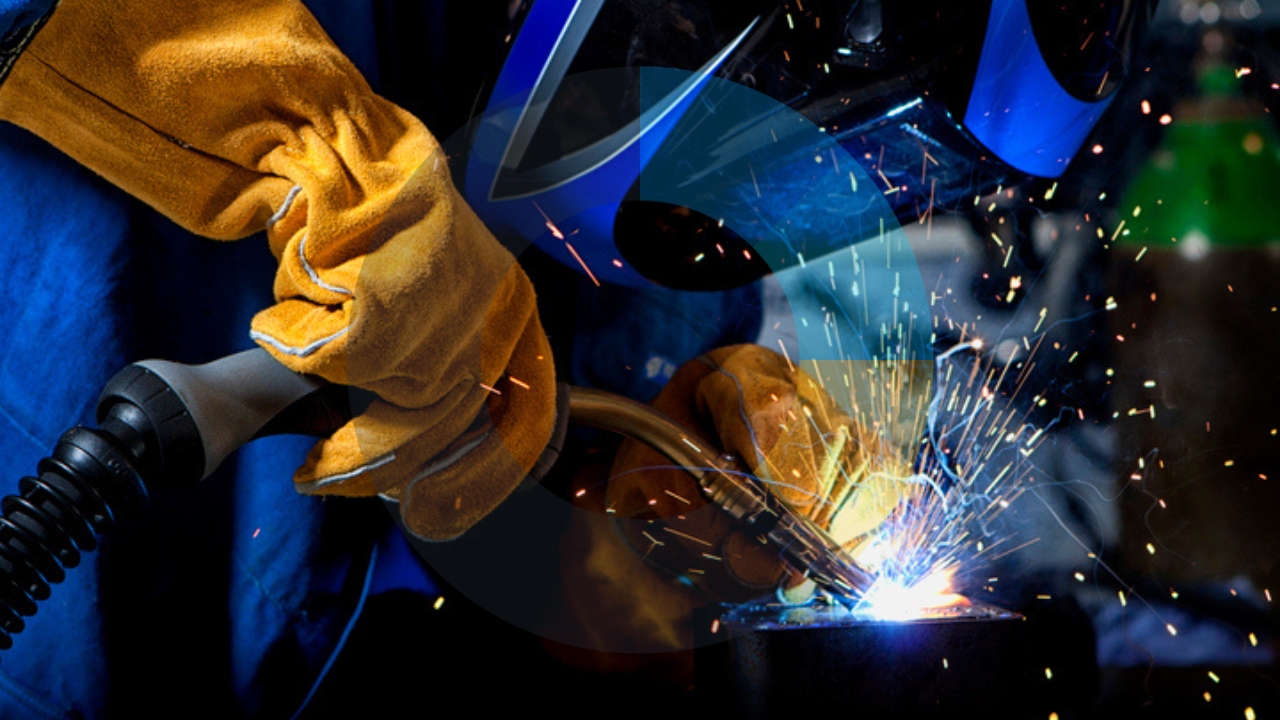The Future of Hot Work Safety: Innovations and Best Practices
Hot work usually includes cutting, welding, and grinding, which are done in construction and industrial workplaces. Workers who are responsible for hot work may need to be extra cautious while working for their safety.
Unless fully controlled, the hot work of welding, cutting, and grinding has inherent dangers. Technology and innovation in hot work safety minimize accidents and provide a much safer workplace.
Advanced measures related to the safety of hot work must be implemented on the basis of an increasing number of accidents and incidents.
The article provides a statistical backdrop of the main incidents involving hot work, explains the importance of safety measures, and explores the integration of technology in order to ensure improved safety associated with such work.
Understanding the Risks of Hot Work
By their nature, hot work activities are hazardous. If not handled correctly, they cause serious incidents. Annually, it is estimated that hot work causes an average of 22 civilian deaths and 171 civilian injuries in the United States and results in $484 million in property damage. US fire departments responded to an estimated average of 3,396 structure fires involving hot work every year from 2017 to 2021. These fires killed 19 civilians each, resulting in 120 civilian injuries and $292 million of direct property damage annually.
According to the Occupational Safety and Health Administration, activities involving hot work account for approximately 8% of work-related fire- and explosion-related fatalities.
According to statistics from the Bureau of Labor Statistics, workers involved in hot work have higher rates of burn injuries, with some 10,000 cases annually. These statistics show just how majorly poor measures over hot work safety can have and really drive home the importance of comprehensive safety protocols.
Importance of Safety Measures

Effective safety measures significantly reduce the risks involved with hot work. Organizations that have undergone proper hot work safety training report a 50% decrease in hot work-related incidents. The NFPA reports that facilities that utilize hot work permits had 30% fewer fires than facilities not utilizing permits for such work. Furthermore, a properly retired fire watch during hot work can minimize the opportunity for a fire to occur by 70%.
These statistics remind us of the importance of putting stringent safety measures in place and how these can, in fact, facilitate a cut in accidents. Adequate training of workers involved in hot work, issuance of permits for the same, and retention of a fire watch are all very integral parts of an efficient hot work safety plan.
Industry-Specific Risks
Different industries face unique risks when it comes to hot work. In the manufacturing sector, hot work is responsible for 45% of all fire-related incidents. The construction industry also sees a significant number of hot work-related fires, accounting for about 30% of all fires on construction sites.
The manufacturing sector often involves activities that require intense heat, such as welding and cutting, making it particularly susceptible to fire-related incidents. Similarly, the construction industry frequently engages in hot work, which poses significant risks if not managed properly.
Understanding the industry-specific risks associated with hot work is crucial for implementing targeted safety measures.
Financial Consequences of Non-Compliance
Non-compliance in hot work safety may prove costly. The fines for non-compliance vary between $5,000 and $70,000 per violation. On the other hand, insurance-related claims from hot work incidents have been estimated at $150,000 per incident.
Hot work safety regulation non-compliance can be pretty expensive. Large fines and insurance claims distort a company’s bottom line with huge dents.
Hence, for that matter, a business must ensure full compliance with the same safety regulations and implement a comprehensive measure of safety to avoid such highly expensive penalties.
Case Study: Moonrise Construction
Moonrise Construction, being a principal company in this industry, had been daunted by a full-scale program of safety for hot work with advanced technology. They reduced incidents related to hot work by 60% in just one year with real-time monitoring systems and digital permits. Their proactive strategy improved majorly in terms of safety, productivity, and compliance.
The case of Moonrise Construction demonstrates the success of integrating technology into its safety protocols for hot work. They reduced incidents, especially in the improvement of general safety, by leveraging real-time monitoring systems and digital permits.
This example illustrates the value typically put into being ahead when it comes to hot work safety with the help of state-of-the-art technologies.
Best Practices for Hot Work Safety

- Training and Education: The employees should undergo regular training on hot work safety. They should have complete knowledge of their safety processes and measures to be adopted in the case of an emergency. Training and education provide a foundation for ensuring workers understand the risks associated with hot work and safety measures in place. Regular training classes would update workers on new safety protocols and emergency procedures they may be better off responding to in situations that may be encountered by any worker.
- Proper Equipment: Workers should be provided with the best equipment and tools. For instance, the best work pants in hot conditions while doing construction work can save one from burns and make them comfortable. Safety at work largely depends on whether the worker has the proper equipment. Protective clothing, like the best construction work pants for hot weather, can make all the difference in protecting one against burns and improving comfort. Besides, ensuring that the condition of all the tools and equipment is perfect and used properly will avoid any mishaps.
- Regular Inspection: Make frequent examinations of the worksite and tools to identify any probable hazards. Regular visits to the worksite and to equipment operating at it can offer an opportunity for hazards to be identified before they actually cause incidents. Companies can use regular inspections to verify that all the safety controls are in place and that solutions to problems identified are implemented.
- Clearly Open Communication: The lines of communication should always be open among all members. This allows each one to be aware of risks and measures of safety. Communication will allow each member of the hot work to know the risks associated with it and the measures taken to be safe. Keeping open lines of communication ensures that everyone is on board and ready for anything.
The Role of Technology in Hot Work Safety
Importantly, technology has played a very huge role in enhancing security related to hot work. Beginning with real-time monitoring systems via wearable technology, the infusion of advanced tools and systems has totally changed how companies deal with safety issues.
Real-Time Monitoring Systems
Real-time monitoring systems have become part of most modern hot work safety protocols. These are systems that continuously monitor the surroundings using sensors and detect changes that may, at times, reflect potential dangers.
For instance, there could be a sudden rise in temperature or flammable gas detection, which would make the alarm go off to enable workers to take instant measures to prevent an incident.
One of the major advantages associated with real-time monitoring systems is traditional early warning systems. Early detection may mean the difference between preventing an incident from happening and safeguarding the workers.
For example, real-time monitoring systems in a welding operation will be able to detect flammable gases and give an early response so that workers may leave the area before a possible fire outbreak or explosion happens. Wearable Technology
Wearable Technology
Yet another innovative tool that has extended an impact on hot work safety is wearable technology.
Smart helmets, vests, and other kinds of wearable devices using embedded sensors are capable of tracking the worker’s vital signs and even the surroundings in a working environment. These detect temperature changes, humidity, and gas levels and signal workers of impending dangers.
Automated Fire Suppression Systems
In places where hot work is done, automated fire suppression systems can be most effective. For example, in a welding shop, when an automated fire suppression detects a spark, it will extinguish it before flammable material ignites and reaches a disastrous fire.
Inspection Drones
These are drones equipped with cameras or sensors that have the capacity to survey high-risk areas instead of workers being put on a potential risk basis, such as rooftops or confined spaces.
The live footage provided by a drone aids in identifying problems and fixing them without exposing oneself to danger.
The inclusion of highly prone-to-risk areas within the scope of an inspection can significantly enhance safety by using drones in the inspection.
For example, using a drone to inspect a rooftop against things like structural damage or loose material will not put workers at risk of having to climb up a roof.
Digital Permit Systems
Digital permits for hot work could spearhead the efficiency and accuracy of the Permit to Work system. It is easy to track and manage the permits, where organizations, through digital systems, will ensure all mitigation measures against risks are followed.
Such practices will help ensure a reduced risk of an incident and, at the same time, ensure compliance with safety regulations.
Digital permit systems ensure a completely automated process for issuing and managing hot work permits.
Real-time updating of permit status allows for the assurance that all safeguards have been met prior to work commencement, thereby largely decreasing the risk of any incident or non-compliance situation related to safety.
Conclusion
Technology and innovation are inseparable companions in ensuring that such risks are reduced in hot work safety and every other factor that ensures a safe working environment for all. Companies can achieve this through advanced monitoring systems, wearable technology, and automated fire suppression systems that take their safety profile to the next level. Statistics underscore the need for proactive actions, stories of success, and the effectiveness of applied strategies.
While the industry will continue to advance at its breakneck pace, staying ahead of that curve with new innovative solutions will remain the real challenge to keeping everybody safe and compliant.






